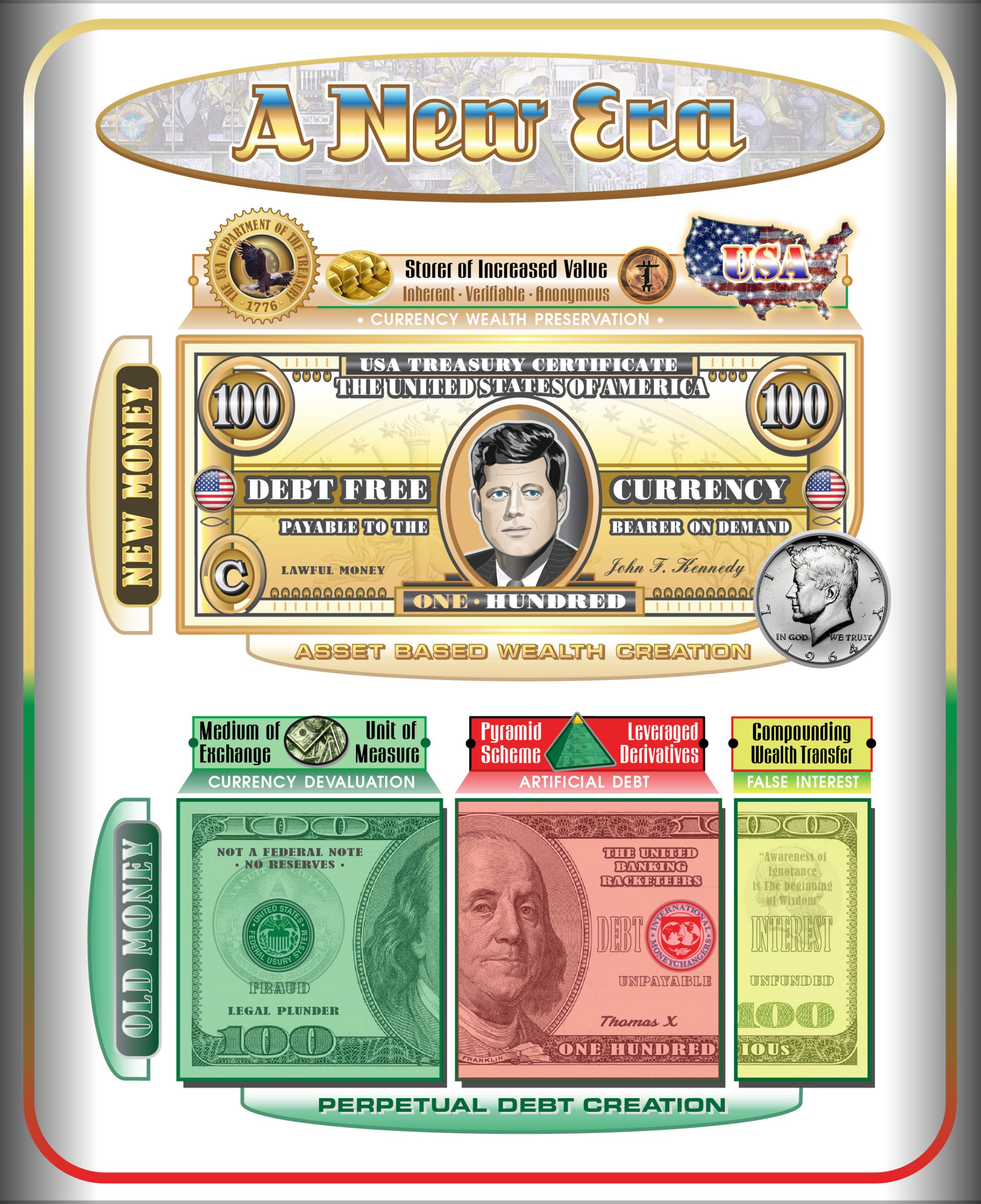The U.S. dollar’s dominance as a global currency is a phenomenon rooted deep in 20th-century economic policies and geopolitical shifts. Its status as the de facto world currency has implications for international trade, economic stability, and the balance of power in global finance. This blog post explores the historical trajectory of the USD’s rise to prominence and its current state as the backbone of the international monetary system, particularly from an offshore investment perspective.
Origins of Dominance: Bretton Woods and Beyond
The story of the USD’s ascendancy begins with the Bretton Woods Agreement in 1944. As World War II neared its end, Allied nations sought to create a stable and predictable international monetary environment. The Bretton Woods system established fixed exchange rates between the USD and other world currencies, effectively pegging global currencies to the dollar, which was in turn convertible to gold at a fixed rate. This arrangement solidified the USD’s role as the central cog in the global financial machine.
However, the Bretton Woods system came under strain as the U.S. faced mounting inflation and trade deficits in the late 1960s and early 1970s. The convertibility of the dollar to gold was a particular point of contention, leading President Richard Nixon to effectively end the gold standard in 1971. By 1973, the Bretton Woods fixed exchange rate system was dismantled, giving rise to the era of floating exchange rates that we see today.
Despite the collapse of Bretton Woods, the USD did not lose its status as the world’s primary reserve currency. Instead, its role became even more entrenched due to the sheer size of the U.S. economy, the stability of its political system, and the depth and liquidity of its financial markets.
The Dollar Today: A Global Staple
Currently, the USD’s influence is evident in several key areas:
- Reserve Currency: Approximately 60% of global currency reserves are held in USD, a testament to its continued trust and reliability in the eyes of the world’s central banks.
- Pegged Currencies: Around 65 countries have chosen to peg their currencies to the USD to stabilize their exchange rates and combat inflation. This linkage illustrates the dollar’s role as a stabilizing force in the global economy.
- Official Currency: Beyond its unofficial status as the world’s currency, the USD serves as the official currency for 11 countries and five U.S. territories. This adoption speaks to the dollar’s unparalleled reach and acceptance.
Implications for Offshore Investing
The USD’s global dominance has significant implications for offshore investors. Assets denominated in USD are often seen as “safe havens,” especially in times of geopolitical tension or economic uncertainty. The dollar’s stability and ubiquity can reduce currency risk and provide a measure of security for international portfolios.
However, the global reliance on the USD also means that U.S. monetary policy and economic conditions can have disproportionate effects on global markets. For offshore investors, this underscores the importance of monitoring U.S. economic indicators and policy decisions, as shifts in interest rates, inflation, and fiscal policy can ripple through global markets.
Looking Ahead: Challenges and Continuities
While the USD remains the world’s primary reserve currency, its future is not without challenges. Emerging economic powers, shifting geopolitical alliances, and the rise of digital currencies all pose potential threats to the dollar’s dominance. However, the transition away from a dollar-centric world would be complex and fraught with uncertainty.
For now, the USD continues to be a linchpin of the global financial system, shaping international trade, investment decisions, and monetary policies far beyond American shores. For offshore investors, understanding the dynamics of the USD is crucial in navigating the complexities of the global market. As the world economy evolves, the story of the U.S. dollar will undoubtedly continue to be a central narrative in the saga of global finance.

Leave a Reply